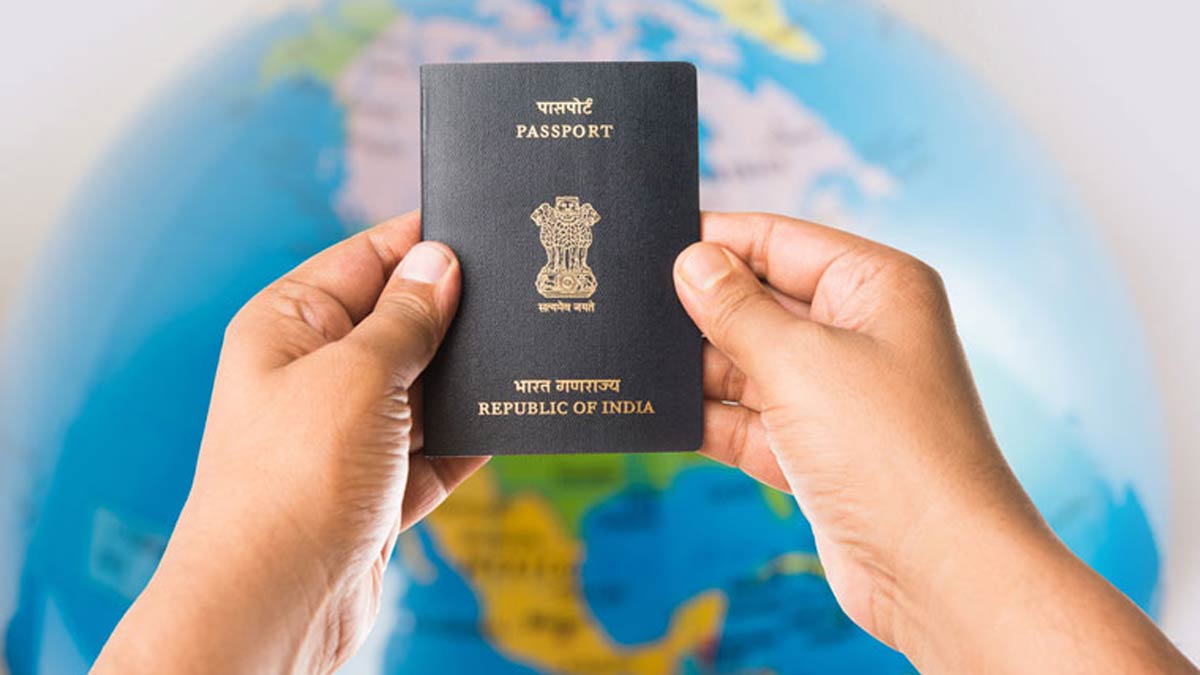India may be new tourism heavyweight, but it has an Achilles heel or two
 Representational image
Representational image
These four seemingly disparate countries have one thing going for them – a travel boom, with more and more of their citizens travelling the world. So much so, they are now considered the world’s new travel heavyweights, outpacing traditional tourism source nations like the US and UK, from where the maximum amount of tourists used to come.
Leisure travel and tourism, both internationally as well as domestically, is set to continue its post-pandemic growth trajectory, according to a global report by the Boston Consulting Group (BCG), projected to grow from ₹400 lakh crore right now to about ₹1,300 lakh crore by 2040.
And riding the wave will be India, where there is a veritable domestic tourism boom, with spends growing 12 per cent every year, even as international travel spends are projected to grow 10 per cent through 2040, according to the report.
In fact, Reserve Bank of India figures show that spending by Indians internationally shot up by more than 8 per cent to $2.5 billion in April alone – with more than half of it being on travel abroad.
"There is a clear shift observed in the travel industry led by younger generations—Millennials and Gen Z—who are not only travelling more, but also seeking experiences that blend value, personalisation, and purpose,” said Nitima Malhotra, partner, BCG.
“As travel becomes more digital, culturally relevant, and experience-led, India’s rising consumer base will play a pivotal role in shaping the next chapter of global leisure travel,” added Malhotra.
The BCG study found that Indian travellers preferred scenic nature, city life, beach destinations and cultural hubs (58 per cent), with a higher interest in spiritual tourism (10 per cent) than other countries.
Indians also preferred travelling in groups, be it with a partner or immediate family (23 per cent), with only 9 per cent going for solo travel. Four out of every five Indians have combined a work trip with some leisure or sightseeing at least once, the study found.
While Indians are travelling more, it does leave the travel scene with two immediate problems, though.
First, is the drop in incoming international tourists to India – while it has never been high enough for a nation of immense diversity and magnitude, post-pandemic trends have seen nearby markets like Thailand and Dubai booming, while foreign tourist arrivals in the country has been a trickle at best. This, despite governmental measures like e-visa on arrival.
“With Indian travellers driving domestic and regional growth, the same appetite for culture, nature and spiritual experiences can be mirrored to attract foreign tourists,” said Ravi Gosain, president, Indian Association of Tour Operators (IATO).
“As younger global travellers seek meaningful, multi-generational and ‘bleisure’ experiences, India must position itself with curated, value-driven offerings supported by seamless infrastructure and digital engagement.”
The other issue has been that of the boorish Indian tourist abroad. With barriers to travel abroad – both visa regulations as well as airfares, getting more comfortable, more and more of the middle-class have taken off, and it has not exactly been pretty palatable for the host countries in many cases. Social media videos of Indians washing their clothes in public fountains of Europe, eating their food publicly on the London underground and breaking into a boisterous Gujarati dance atop the Burj Khalifa in Dubai have all gone viral in recent times, leading to criticism and debate on Indian civic sense and lack of sensibility on how to behave in foreign destinations.
A particularly incensed host has been Thailand, with its visa-on-arrival policy for the last nearly two years leading to a deluge of Indians rushing to this affordable destination for partying as well as its famed ‘sex tourism’ hot spots – quite often leading to less than desirable public situations.
Tourism